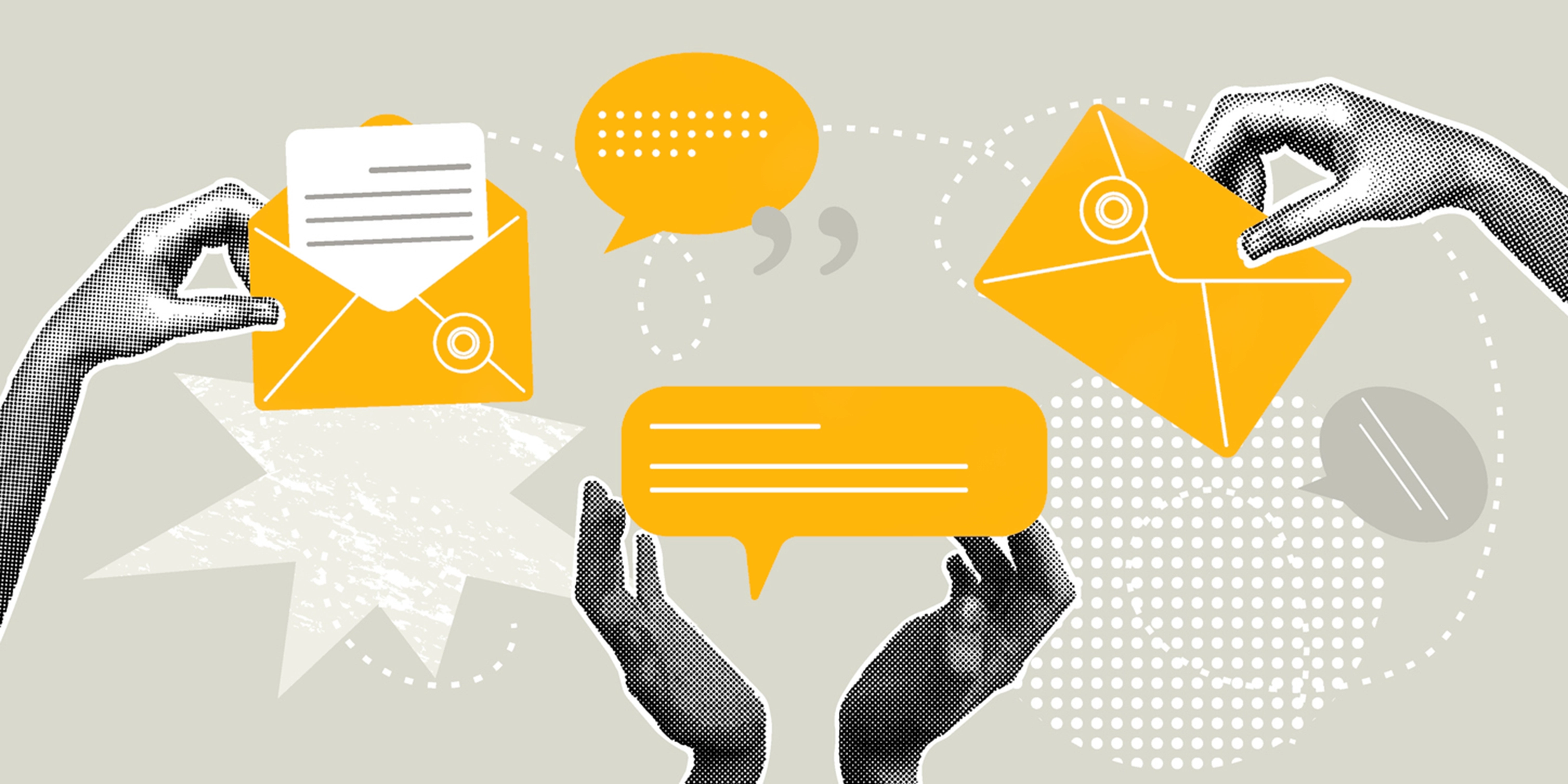10 Ways I Work Smarter (Not Harder) in Figma
Learn 10 practical tips to work more efficiently in Figma—from using components and Auto Layout to organizing…
Outdated email tactics might be hurting you, especially if you’re still hitting send out of habit, not intention. Email isn’t just another box on your marketing checklist. It’s your most direct line to the people who actually asked to hear from you. And if you're going to show up in someone's inbox, you’d better make it worth the click.
After working on thousands of email campaigns (and breaking a few things along the way), I’ve seen firsthand that the most common mistakes are often the easiest to overlook. The good news? They’re just as easy to fix once you know what to look for.

The problem:
Looks great in Figma, Photoshop or Canva, but disappears in the inbox. Many email clients block images by default, and if your message is just one big graphic, readers won’t see a thing.
The fix:
Use live text for headlines, body copy, and call-to-actions (CTAs). Let images enhance the message, not carry it. And always include descriptive alt text that describes what’s there so the message still lands, even with images off.
The problem:
You previewed it in your email platform and it looked fine. But then you receive the live email along with your list of contacts and you spot a typo, weird formatting, or someone hits reply to point out the broken link.
The fix:
Send yourself a test. Read it out loud. Then read it again. Click every link. Preview it on desktop and mobile. QA isn’t busywork, it’s your last chance to catch what your readers will.
The problem:
You’re emailing because it’s “on the calendar,” not because you have something valuable to say. Audiences know and they’ll tune out.
The fix:
Every email should have a purpose. Know what you want the reader to do, and make it worth their time. If the content doesn’t feel useful, relevant, or timely, skip the send.
The problem:
You link to an article, but haven’t actually read it in weeks. The headline changed. The offer expired. The page doesn’t match what your email promised.
The fix:
Click and read every link before you hit send. Make sure the destination picks up where the email leaves off. If it feels disconnected, the reader’s trust takes a hit.
The problem:
Paragraph after paragraph with no breaks, no bolding, no scannability. No matter how good the content is, even your most loyal subscribers won’t read it.
The fix:
Structure for skimming and speed-readers. Use short paragraphs, headers, bullets, and clear CTAs. People don’t read email word for word, they skim it.
The problem:
Your design looks great in light mode, but disappears in dark mode. Or the colors make it unreadable for anyone with visual impairments.
The fix:
Design for accessibility from the start. Use high-contrast color combinations, readable fonts, and enough spacing. Test in both light and dark modes, and make sure your content works with screen readers and assistive tools.
Remember: email isn’t print. Embrace what digital does best and design for clarity, flexibility, and real-world accessibility.

The problem:
More than half your audience is opening emails on their phones. Mobile users decide in seconds whether to engage or delete. If they can’t tap, scan, or trust what they see at a glance, you risk losing them.
The fix:
Design mobile-first. Preview across devices. Keep subject lines short and front-loaded so they don’t get truncated. Make sure your copy flows and your CTA is easy to click. And bring your most important content to the top so the reader doesn’t have to scroll for the good stuff.
The problem:
You’ve got the list, but you’re treating everyone on it the same. If you send the same email to every subscriber, it’ll only connect with a few.
The fix:
Segment based on behavior, preferences, or lifecycle stage. Tailor your message to where the reader is in their journey. And if someone’s stopped opening altogether, it’s okay to stop sending to them.
The problem:
You send the email, check the open rate, and move on. But email isn’t a broadcast, it’s a conversation.
The fix:
Test subject lines, content formats, send times, and messaging angles. Use the data to refine what comes next. Email is one of the few channels you actually own. Treat it like a relationship, not a one-off blast.
If any of these hit home, you’re not alone. These mistakes are common—even for the pros. The difference is knowing how to spot them and making the small changes that lead to better results.
And if you’re ready for a second opinion or just want to see what’s actually working (and what’s not), a strategy audit can help surface the opportunities and quick wins hiding in plain sight.
Danielle has spent over a decade helping brands and solo creators get the most from their email marketing, whether sending to a list of one or one million. She’s an active voice in the email community and continually shares insights from her ongoing Try & Reply Email Experiment.
Learn 10 practical tips to work more efficiently in Figma—from using components and Auto Layout to organizing…
Discover how Rehrig Pacific and GO transformed a niche B2B audience into an engaged community through Pallets to…
A recap of GO’s All Hands meeting—team bonding, inspiring guests, department updates, big milestones, and…